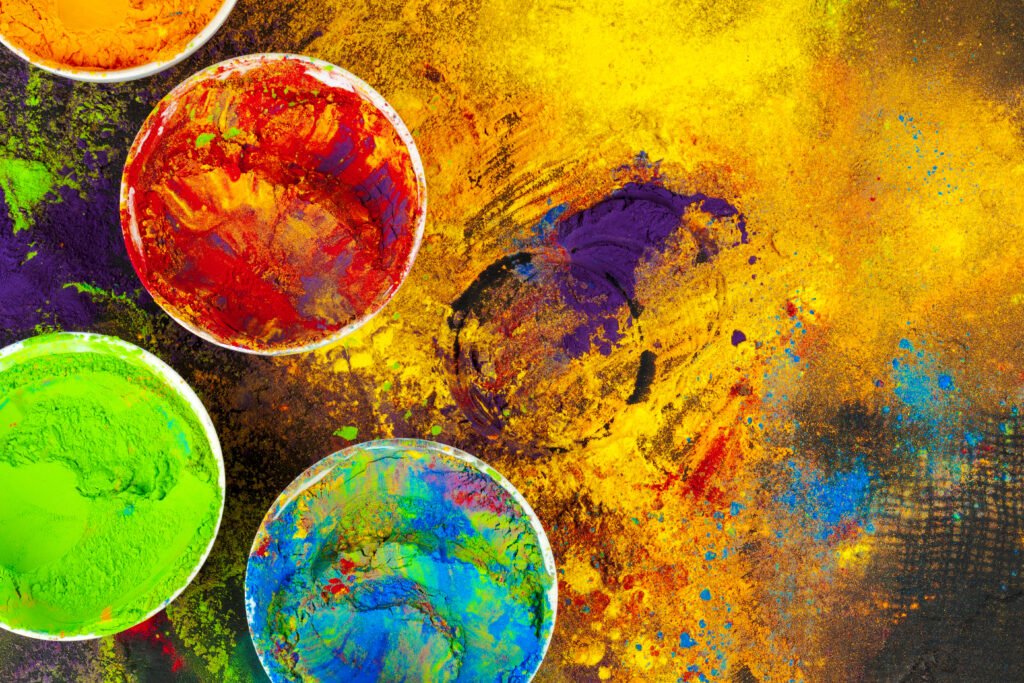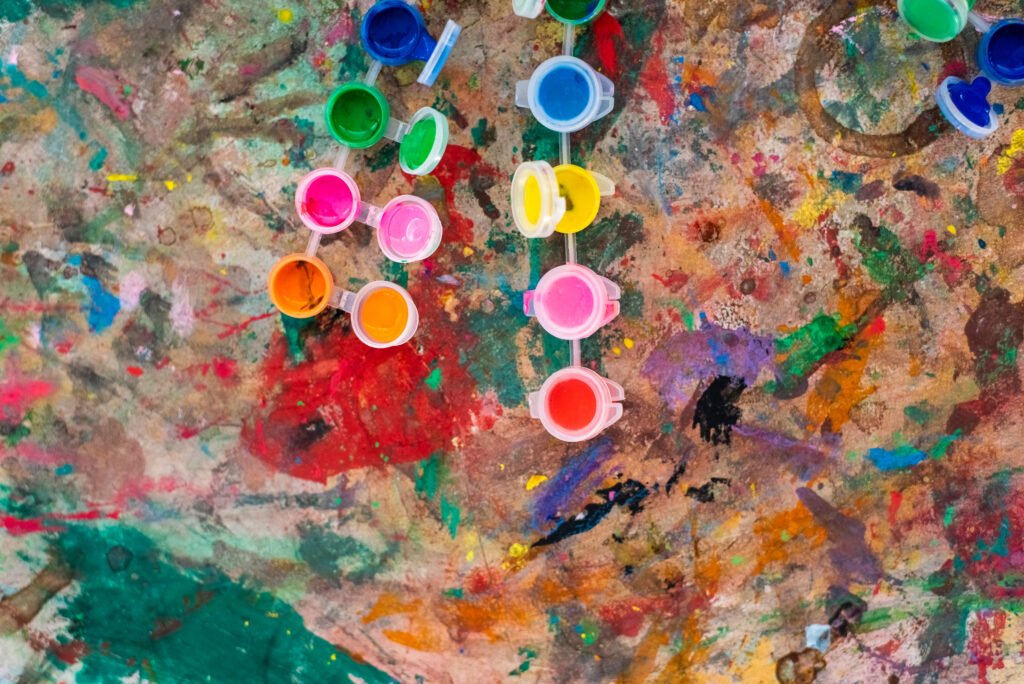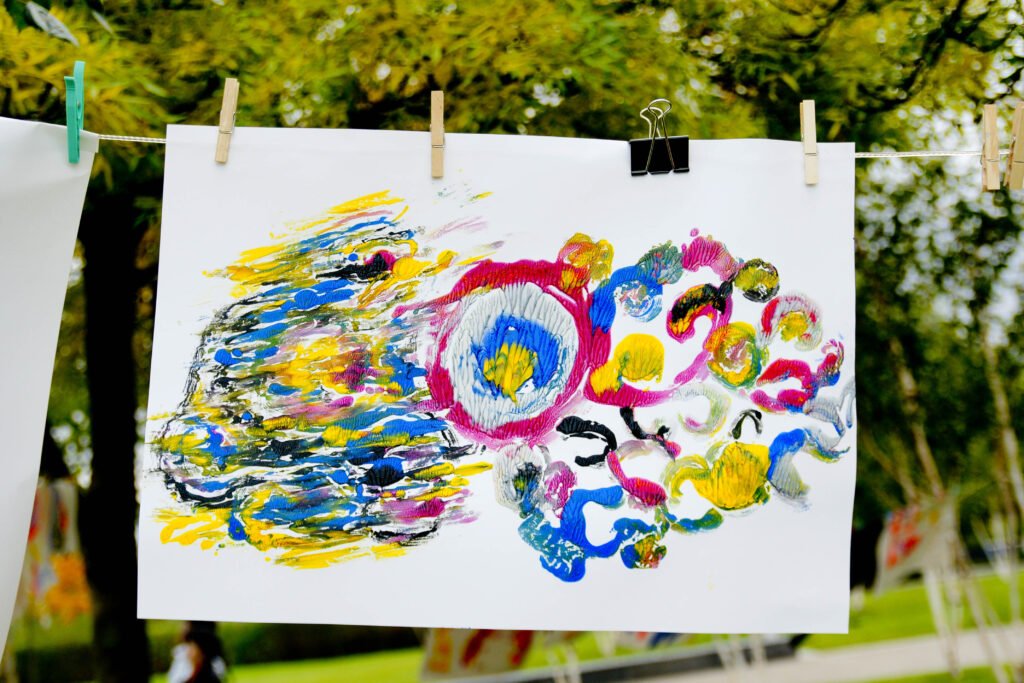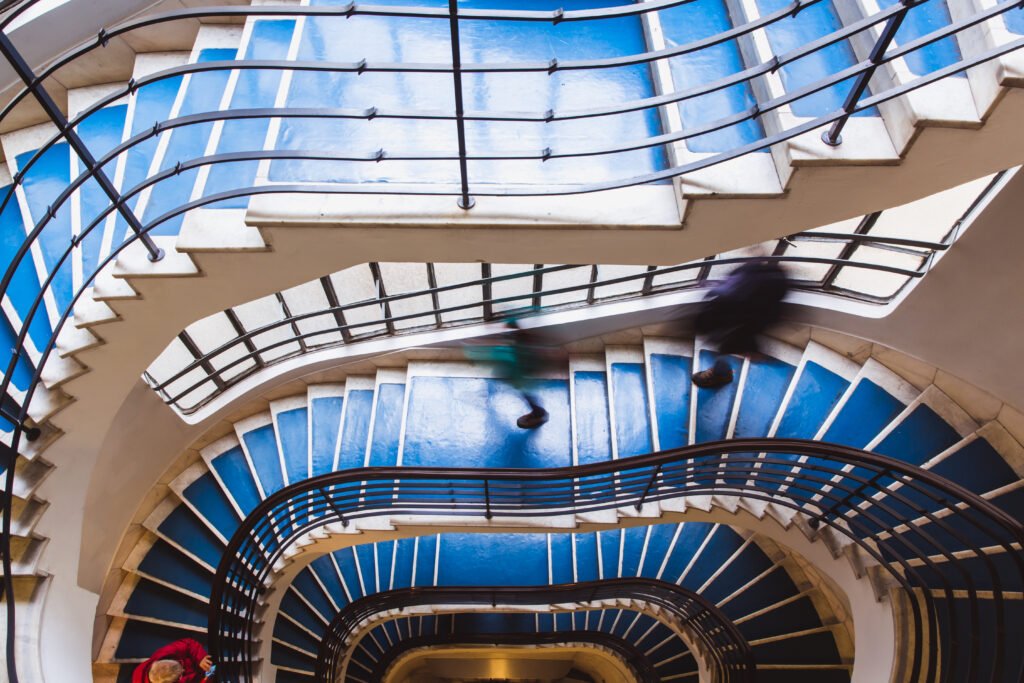Abstract art has always provoked intense and often difficult-to-explain reactions. Even without depicting recognizable figures, it evokes deep sensations ranging from fascination to unease. This emotional impact has attracted the attention not only of artists and critics, but also of scientists.
Thanks to advances in neuroscience, we are closer to understanding how the brain responds to abstract images. Recent studies indicate that shapes, colors, and non-figurative compositions activate brain areas linked to emotion, memory, and empathy.
This intersection of art and science brings new insights into the power of abstract art, especially when considering buying abstract art to decorate environments or promote positive mental states.
How the brain interprets abstract images
Visual neuroscience shows that the human brain instinctively seeks patterns. Even when facing a non-representational work, like those of Kandinsky or Rothko, the brain tries to find rhythm, balance, and contrast.
According to a study by University College London (The Neural Basis of Aesthetic Experience in the Arts, 2011), the orbitofrontal cortex and limbic system are highly activated when observing abstract works, particularly those with contrasting colors and dynamic compositions.
In addition, the primary visual system is stimulated by shapes and textures, even when they do not represent real objects. This stimulation leads to subjective interpretations, shaped by each viewer’s emotional experiences.
That’s why abstract art for decoration can create such varied atmospheres in a single space. It communicates intuitively with the subconscious rather than the rational mind.
Psychologist Helga Noice, in the book Art and the Brain: Insights from Psychology and Neuroscience (2013), explains that engaging with abstract art can induce emotional flow states, similar to those experienced during meditation or music listening.
From this perspective, the sale of abstract art goes beyond aesthetics. It extends into the realm of emotional health and well-being.
The emotional impact of color in abstract art compositions
Colors are not merely visual elements. They have direct effects on our mental state. A study by Harvard Medical School (Color Perception and Affective Response, 2016) found that warm tones like red and orange can increase heart rate and arousal, while cooler tones like blue and green promote calm and introspection. When used in abstract compositions, these colors don’t need to depict anything to generate powerful emotional and even physical responses.
This emotional impact underscores the value of abstract art in interior design, both in homes and workspaces. Choosing a piece is not only about personal taste but also about emotional intention. Paintings that explore large color fields, such as those by Helen Frankenthaler, can completely transform a space’s energy.

In this context, buying abstract art becomes more than an aesthetic choice. It’s a conscious strategy to create positive stimuli in everyday life. Abstract art for decoration is a powerful tool increasingly embraced by architects and designers who understand its influence on people’s well-being.
What’s most fascinating is realizing how art, even without clear visual narratives, can affect us so deeply. The brain finds in abstract art not only visual stimulation, but also an emotional language that doesn’t rely on words. Perhaps it is this freedom of interpretation that gives abstract art its enduring power.



